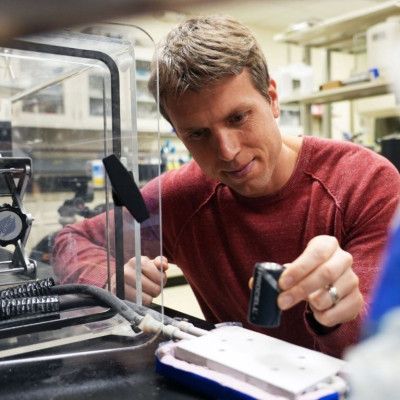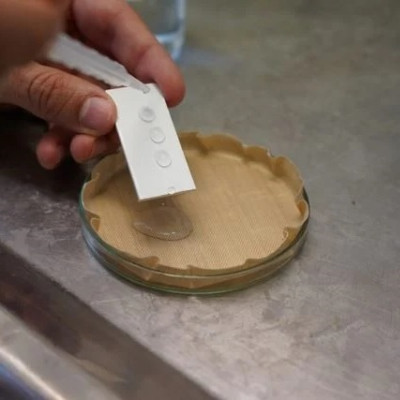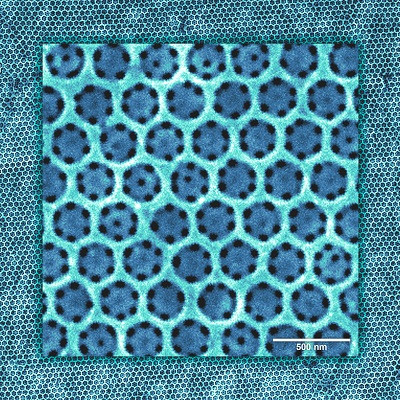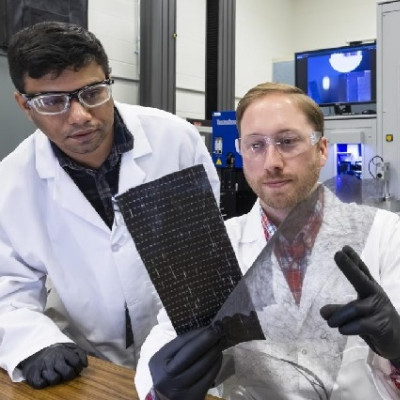Lead researcher Professor Jonathan Coleman and his team foundteamthe rest of the team found a way to bind a combination of surface rocks, sand, and dust called regolith, into bricks using low temperatures and minimal energy. These bricks are reinforced with carbon nanotubes and possess a low density but strength comparable to granite, which makes them suitable for building structures in space.
The use of locally available resources in space will reduce transportation challenges by decreasing launch costs and allowing for more ambitious missions. According to New Space Economy, a big challenge in space exploration is the high cost of sending materials into space, as every kilogram sent from Earth requires a substantial amount of fuel.
Furthermore, using nano-materials like carbon nanotubes and graphene to strengthen materials such as cement could significantly reduce CO2 emitted by the construction industry on Earth. Incorporating graphene into cement can increase its strength by up to 40%, which would lower the volume of concrete required in building projects and contribute to more sustainable construction practices.
According to the United Nations (UN) Environment Program, the buildings and construction sector is the largest emitter of greenhouse gases, accounting for a staggering 37% of global emissions in 2023. The production and use of materials, including cement have a significant carbon footprint, the UN report said.
This research discovery would allow astronauts and researchers to build bases on the Moon and Mars with fewer materials needed from Earth. Additionally, monitoring the building integrity of space environments is essential to ensuring the safety of extraterrestrial settlements.
Read the original article on The University Times.







